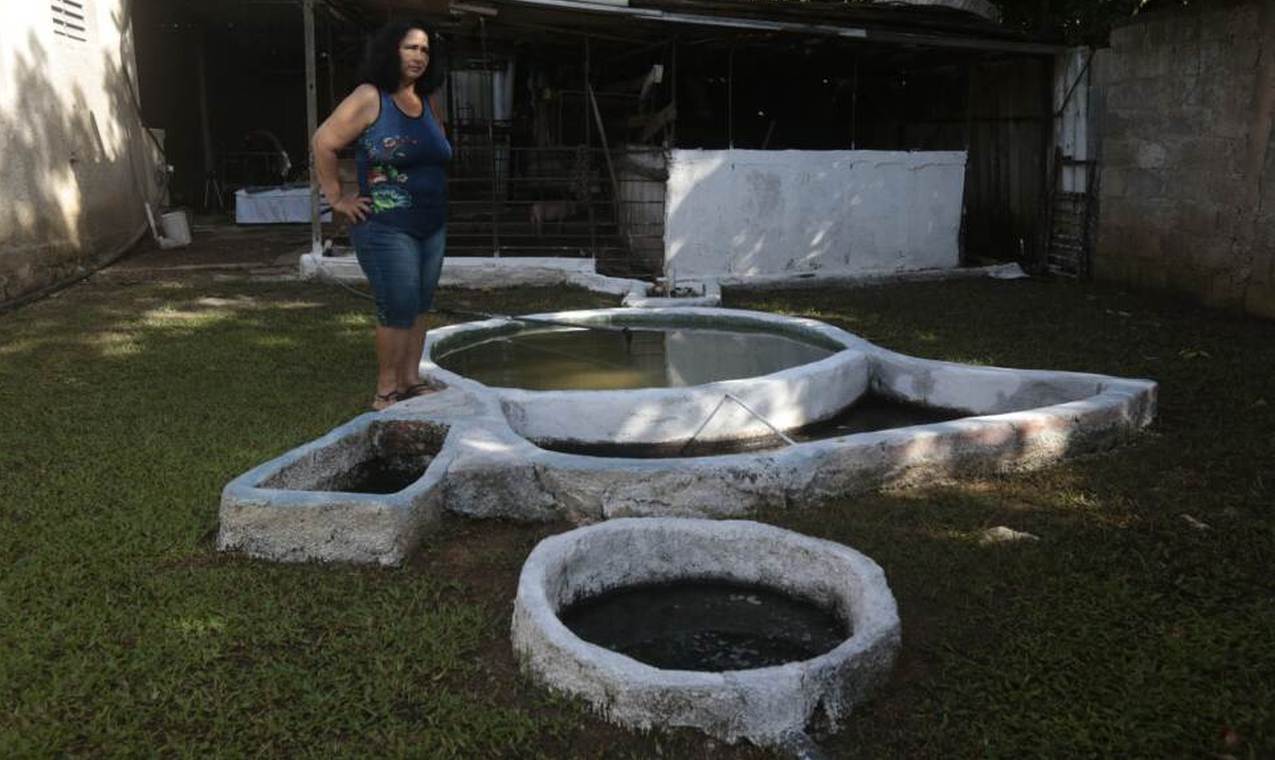Biogas Spreads Among Cuban Families as an Alternative Energy - Video

CANDELARIA, Cuba, Dec 20 (IPS) - Mayra Rojas is one of a small but growing number of people in Cuba benefiting from the production of biogas, a renewable energy source still little used in a country highly dependent on fossil fuels.
The biodigester in the back of her house in the rural community of Carambola, Candelaria municipality in the province of Artemisa, 80 kilometers west of Havana, brings Rojas the benefits of not using firewood and electricity for cooking, with the consequent reduction in electric bills and cooking time.
It was built in 2011 with the help of her husband Edegni Puche, who worked in the installation of the gas pipes and other aspects.
Rojas and Puche, who raise pigs and grow fruits and vegetables on their small family farm, were advised by specialists from the Cuban Society for the Promotion of Renewable Energy Sources and Respect for the Environment (Cubasolar) and the Movement of Biogas Users (MUB).
Rojas also received materials from the municipal government and the local pig company to build the small-scale Chinese-type fixed-dome biodigester of about six cubic meters in size.
She estimates that the total cost of the project ranged between 500 and 600 dollars at the exchange rate at the time.
Construction costs depend on the size, type and thickness of the material, as well as the characteristics of the site.
However, experts estimate that the average minimum cost for the construction of a small-scale biodigester - which more than covers the cooking needs of a household - currently stands at around 1,000 dollars in a country with an average monthly salary equivalent to 160 dollars at the official exchange rate.
Rojas says that "before, when we cleaned the pens, the manure, urine and waste from the pigs' food piled up in the open air, in a corner of the yard. It stank and there were a lot of flies.”
The organic matter is now decomposed anaerobically by bacteria, but in a closed, non-polluting environment that provides methane gas as an energy resource, instead of releasing it into the atmosphere.
Thanks to the alternative energy source Rojas can also keep her nails painted and her hair clean for longer.
It also helped her husband and two young children become more involved in household chores, cleaning the yard and taking care of the animals on the family farm, “and created greater awareness of environmental care.”
In addition, biogas technology provides biol and biosol - liquid effluent and sludge, respectively - which are ideal for fertilizing and restoring soils, “as well as watering and keeping plants green,” says Rojas, who has a lush garden where she grows varieties of exotic orchids.
Her biodigester has also proven useful to the community, because when there are blackouts due to tropical cyclones that frequently affect the island, “neighbors have come to heat up water and cook their food,” she adds.
There are an estimated 5,000 biodigesters in Cuba, with the potential to expand the network to 20,000 units, at least the small-scale ones, according to conservative estimates by experts.
More than 90 percent of Cuba’s electricity comes from burning fossil fuels in aging thermoelectric plants and diesel and fuel oil engines, in a nation where a significant percentage of the 3.9 million homes use electric power as the main energy source for cooking and heating water for bathing.
© Inter Press Service (2022) — All Rights Reserved. Original source: Inter Press Service
 Global Issues
Global Issues